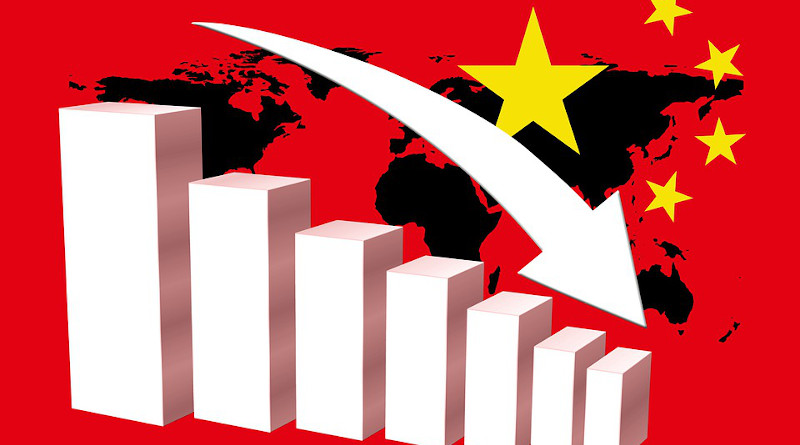Storm Warning: Zero-COVID, Chinese Slowdown, And Supply Chains – Analysis
By Observer Research Foundation
By Jhanvi Tripathi
The global economy in the last five years has faced multiple shocks to its system. The trade war between US and China, the COVID-19 pandemic, the war in Ukraine, and the resultant oil and food security crisis have all been contributing factors. In the midst of all this, China’s Zero-COVID policy has become another burden to the system.
While reports suggest that the policy is being rolled back due to citizen protests—in itself a shocking occurrence for the country—the economic damage is not so easy to reverse. The urge to move away from China as a manufacturing centre has been front and centre amidst this turmoil.
The International Monetary Fund’s (IMF) October 2022 World Economic Outlookestimates that global growth will slow down from 6 percent in 2021 to 3.2 percent in 2022 and further to 2.7 percent in 2023. The report notes how the Zero-COVID policy has ‘gummed up’ supply chains that were already stressed. Manufacturing capacity utilisation has also slowed to under 76 percent. Even with this void in the market, it is important to understand that Chinese manufacturing will not be replaced overnight.
State of play
A defining feature of manufacturing in the noughties and the 2010s has been China’s participation and its near irreplaceable presence in production networks. The country was able to capitalise on the availability of cheap labour, a seamless, centrally controlled regulatory system, and Ford efficiency.
China’s continued participation in Global Value Chains (GVCs) was made possible by its determination to keep going towards more complex manufacturing. Its participation in supply chains has also been a function of this lest it becomes a banana republic. In recent times, this has been proven by the “Made in China 2025” policy. In effect since 2015, the policy aimed to increase China’s participation in hi-tech manufacturing.
This dependence that the world’s large manufacturers have built on China implies that any disruptions in the movement of goods or supply of products from China are untenable in the short term, even as the search for long-term fixes continues.
The first evidence of these deep shocks came when the pandemic first picked up pace and China closed its borders. Although there had been some disruptions during the trade war, none had been this pervasive. A World Economic Forum (WEF) report finds that manufacturers were under pressure as they could not find alternate suppliers for essential commodities fast enough.
This also came in the wake of a ‘chips shortage’ and impacted the global production of products like smartphones and computers whose demand rose during the pandemic. This is especially impacting large consumer communication technology companies. ‘
Sophie’s choice: Continuity and change
Re-shoring, near-shoring, and friend-shoring have become more attractive as policy and business choices for companies that are no longer sure of production and delivery timelines. They are also considering moves from ‘just-in time’ delivery to advance placement of orders. All of these factors are in fact likely to impact the “Made in China 2025 policy as companies actively try to move their production out of China to other upcoming manufacturing hubs like Vietnam and India.
The case of Apple is a telling microcosm of how large manufacturers are being impacted. A Zero-COVID lockdown at the Foxconn Plant in Zhengzhou or ‘iPhone City’. The implication of a lockdown in the factories is that none of the workers can leave and must be on-site to ensure that production does not stop. This triggered protests at the factory leading to the Chinese government’s recent limited withdrawal of the policy. The reversal in the policy is clearly too little too late as Apple now views the concentration of critical parts of its manufacturing in a market that has now become unreliable. Apple is actively trying to move manufacturing to India and Vietnam even though these countries come with their own challenges like federal bottlenecks and lack of skilled labour.
The real question now is how China will balance its goal of integrating into “the global manufacturing chain and cooperating with industrialised economies” and its aim to ensure Zero-COVID. This has to happen in the midst of rising labour prices in Chinacoupled with policy instability that has led to a trust deficit that China will have to work hard to build back even as it moves into new areas of manufacturing and seeks new partnerships.
One thing that the global community must be clear on is that no policy for supply chain resilience will be complete without accounting for China as a supplier in the short term. Answering the supply chain diversification question is more likely to be the key to resilience and not any drastic realignment of manufacturing centres. There must be a slow weaning off the Chinese suppliers as new networks and production systems are established.

